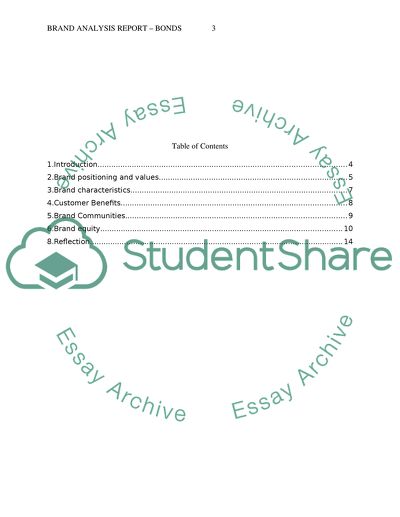Cite this document
(“Brand analysis report BONDS Essay Example | Topics and Well Written Essays - 3000 words”, n.d.)
Retrieved from https://studentshare.org/marketing/1484454-brand-analysis-report-bonds
Retrieved from https://studentshare.org/marketing/1484454-brand-analysis-report-bonds
(Brand Analysis Report BONDS Essay Example | Topics and Well Written Essays - 3000 Words)
https://studentshare.org/marketing/1484454-brand-analysis-report-bonds.
https://studentshare.org/marketing/1484454-brand-analysis-report-bonds.
“Brand Analysis Report BONDS Essay Example | Topics and Well Written Essays - 3000 Words”, n.d. https://studentshare.org/marketing/1484454-brand-analysis-report-bonds.


